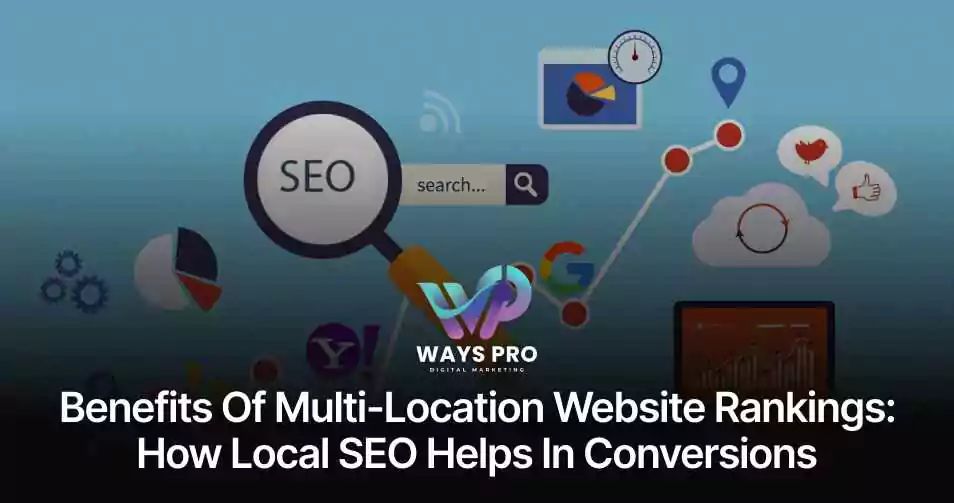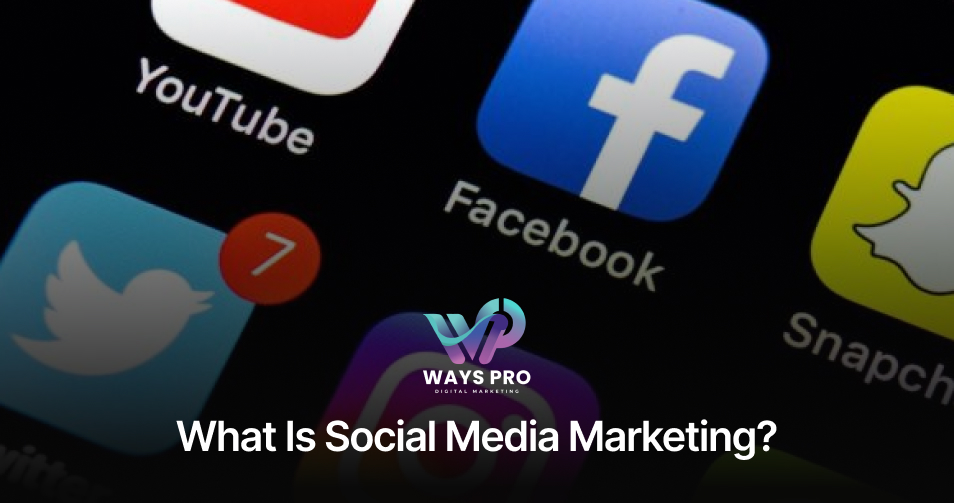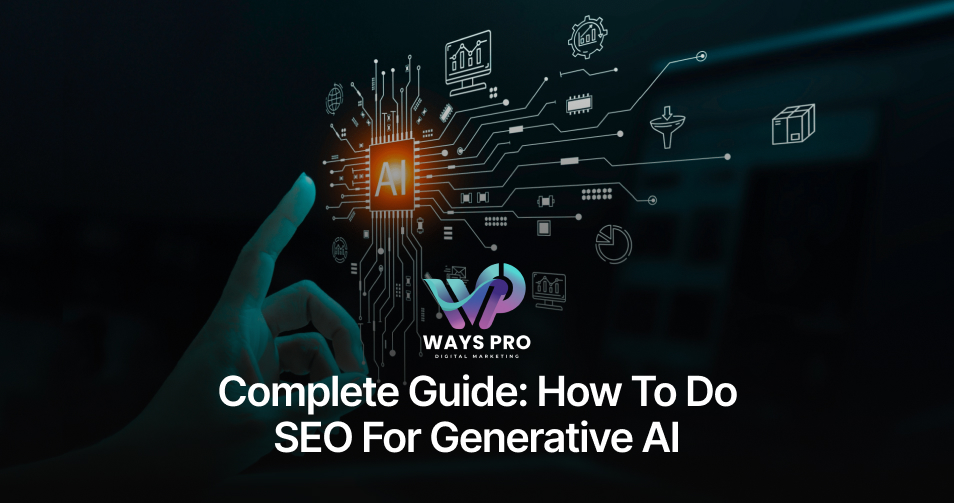Geographical locations are no longer a boundary for businesses. Businesses can still get customers in one city while being located in another city because they know how to rank websites for multiple locations and the real worth of this strategy.
Imagine your customer from another city is looking for your services or products. However, if you don’t have a strong local online presence you might miss that opportunity.
Multi-location SEO helps ensure that when your customers are looking around the web, your business is still being discovered, and they see what you’ve got. You gain a local search ranking, which ensures that wherever you are located, you stand a chance of being ranked higher in local searches. This boosts your visibility and builds trust and authority in local markets.
If you’re only focused on one location right now, Multi-Location Website Ranking is a must-have strategic way for you to head towards your future growth and wider customer reach.
Let’s uncover the real concept behind it, how it works, and why it’s beneficial for your business.
What Are Multi-Location Website Rankings?

Multi-location website rankings guarantee you your business is well ranked in case of a multiple city or region search.
Unlike your physical store, the website stays visible and optimizes for different local keywords located in different areas. This means your services or products seem to be the most appropriate to a customer wherever he may be searching.
In fact, it is a sound approach for companies that are interested in the contesting of the territories to capture audiences from as many areas as possible.
Understanding how multi-location rankings work is the first step to expanding your reach.
How Multi-Location Ranking Works for Businesses with Multiple Outlets
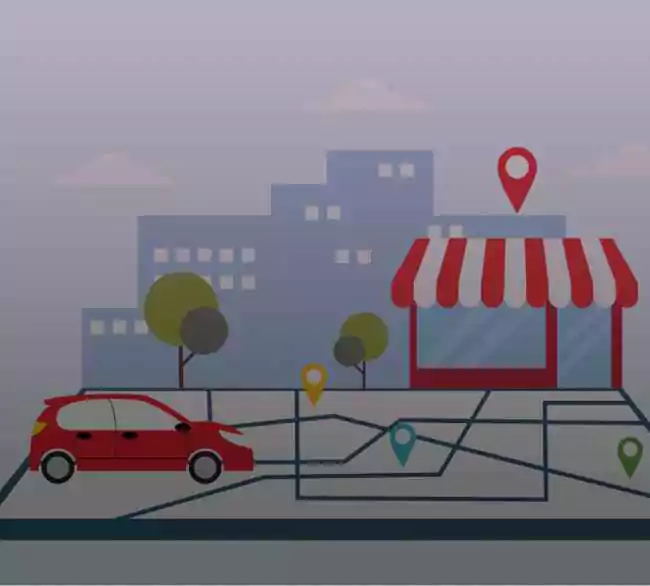
Multi-location SEO enables every one of your business outlets to rank locally in their respective zones or geographical regions.
Let’s say, a chain of bakery shops with outlets in New York and Chicago can use the keywords “best cupcake in New York” and “top bakeries in Chicago”.
When you have your web pages customized to suit local customers, you are also expanding your online coverage. It also guarantees the visibility of each outlet as needed, so no outlet is over or understated.
Now, let’s see how multi-location SEO bridges the gap between your business and local customers.
The Connection Between Local SEO and Multi-Location Marketing

Local SEO focuses on boosting your business’s visibility within a specific area, but multi-location SEO takes this game beyond that.
For example, if you’re running a fitness club or gym, in such case, local SEO will help you rank for the keyword ‘gyms near me’ while multi-location SEO will guarantee the best results for each branch.
When both Local SEO and Multi-location marketing work together: It gives a powerful strategy to attract neighboring customers and to fully develop a prominent presence in multiple targeted markets. This combination creates trust and amplifies conversions to different countries.
Let’s take a step further on how local SEO integrates seamlessly into multi-location marketing for maximum impact, along with uncovering the benefits of Multi-location website rankings.
Benefits of Multi-Location Website Rankings for Visibility and Reach

Your business will rank better in all the targeted neighboring locations, driving you more visibility in searches.
More visibility = better reach to customers in new markets without extra ad spend.
When you localize your content, you connect to your neighboring and local audience better, building active engagement and robust trust.
This puts your brand at the top of your customer’s minds when they think of a solution, product, or service while sitting in another market, city, or location.
Ultimately, this strategy works to grow your reach, allowing for a higher conversion rate.
But how would it drive you more traffic from each of the targeted locations?
How Local SEO Boosts Traffic to Each Location
It ensures your business shows up when someone searches for something local.
For example, suppose a customer looking for an “organic bakery in Brooklyn” can find your business page or website if it is optimized with Brooklyn-based keywords and content.
This precise targeting really connects the potential buyers to your outlets and brings more foot traffic and inquiries.
Here, Google Business Profile often referred to as GMB comes in, making the increased foot traffic for you a fraction of the effort.
Multi-Location SEO with Google My Business
Manage individual branches Google My Business is a cornerstone of both single-destination and multi-location SEO.
According to industry research and local SEO surveys, approximately 64% of consumers turn to GMB profiles for accurate business details.
At the same time, Multiple studies indicate that 84% of customers prioritize businesses with reliable and verified local listings.
Global statistics show that, therefore, over 5 million businesses utilize GMB for improved visibility and local customer engagement.
One thing that those businesses keep consistently updated is the NAP Details.
Why Consistent NAP (Name, Address, Phone) Details Are Crucial
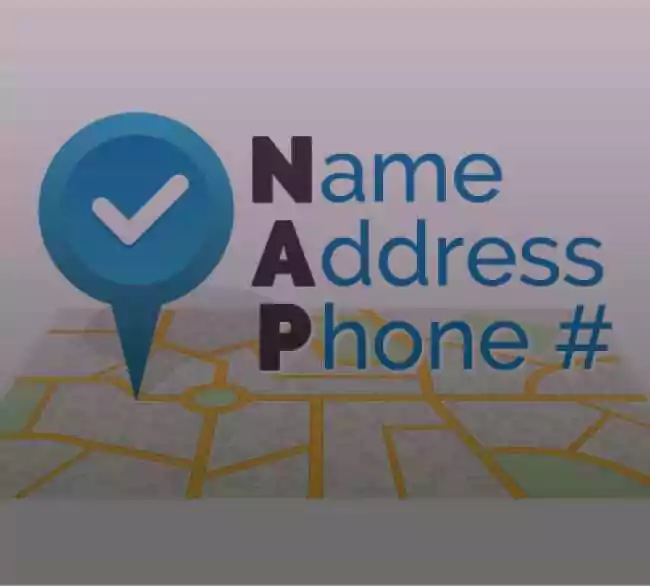
60% of businesses actively use Google Business Profiles globally along with maintaining their NAP Details – this way, they are building trust.
To build and maintain this trust, businesses ensure that their Google Business Profiles must have:
- Name (N): Official and Full Name of their business
- Address (A): Complete and easy-to-understand, helping foot traffic to reach their store, outlet, or office address.
- Phone (P): Active phone numbers to let the customers reach them at any time.
NAP Details add great value to your Local SEO, driving multi-location rankings for your website. However, a prominent requirement in this game is Local or location-specific keywords.
When these researched keywords are coupled accurately with your Google Business Profile, it guarantees that potential customers will definitely find your closest branch to their house at all times.
Local Keywords Drive Multi-Location Success
Businesses use local keywords to target particular places and consequently enhance visibility and participation within each spot. Let’s say a furniture store serving several locations can use location-specific keywords such as “modern furniture in Dallas” or “budget home décor in Seattle” to reach local audiences.
They are the globally preferred and used tools that will help you find the best keywords that will work.
With these tools, you’re able to narrow the pool by looking at local keywords with high potential, each tailored to each location. Businesses target hyper-relevant keywords to perform their marketing strategies in a much more effective way as they draw customers who already are interested in the services they offer.
At the same time, tracking these strategies ensures continuous improvement.
Tracking and Analyzing Performance for Multi-Location Websites
For multi-location SEO strategies, it’s necessary to monitor performance across all the targeted locations. For example, a retail fashion store can 2x its sales by tracking and analyzing which outlet’s local SEO is performing well and getting more foot traffic. It allows them to find ways to improve underperforming areas based on better content or promotions.
Here, we’ve listed some powerful tools – that will get you detailed insights into local traffic and engagement.
These tools help businesses understand customer behavior and adjust their approach accordingly, ensuring consistency across all locations.
As better tracking leads to better strategies, let’s see how this translates to higher conversions.
How Multi-Location SEO Drives Higher Conversions
Multi-location SEO ensures every branch of your business picks up its fair share of local customers, providing them the opportunity to raise online engagement.
Let’s take an example of a car repair service offering outlets in multiple cities that can leverage optimized listings and reviews to show up in local search, and attract more people searching for urgent services.
With the localized approach, it builds trust and allows the right audience to know the nearest location. This tailored strategy drives both the online queries and the in-store visits, increasing conversions across all locations because customers demand both proximity and credibility.
Yet such an approach has its problems. We need to find out how to conquer them successfully.
Local SEO Challenges and Their Solutions
One common challenge that most businesses report is keeping up their NAP consistency.
Here’s how to maintain it:
- Google Business Profile
- Update details across all listings
- Audit your current nap information
- Manual Audit
- Proofread your nap data
- Train your staff
- Use tools like Moz Local and Yext to manage NAP consistency.
The next one is Limited local customer reviews.
Here’s how to get more:
- Ask customers to leave reviews after the purchase or service, politely.
- Leave honest reviews and earn a small discount or perk.
- Then send follow-up emails with direct links to review pages.
- Must respond to reviews, both positive and negative, to acknowledge them, and establish trust.
- Increase visibility by listing your business where possible on sites such as Yelp or Trustpilot.
Businesses also miss out on keeping unique content for each branch
Here’s what to do:
- You can create location-specific pages that list branch services or offerings.
- Personalize the content using customer testimonials or local success stories.
- Collaborating with local influencers or community events is also a dynamic solution.
- Keep up seasonal or regional trends on your location-specific pages.
Conclusion
We’ve looked at one of the most powerful forms of SEO for businesses – the multi-location SEO, and how it raises website rankings, visibility, brings traffic, and increases conversions.
60% of Businesses that adopt and utilize local SEO properly experience more visibility, trust, and higher engagement at every targeted location – at the same time, 40% of businesses do not prefer maintaining their GMB profiles and other multi-location SEO miss out on scaling their business.
By continuing to stay abreast of the latest AI developments along with local search innovations in the future, businesses will not fall behind their competitors and follow best SEO practices to ensure successful strategies.
To stay competitive, your multi-location website ranking strategies should always be adapted and optimized. The latest trends keep on evolving and if you keep evolving your strategy based on these trends you will make your business grow in many markets.

